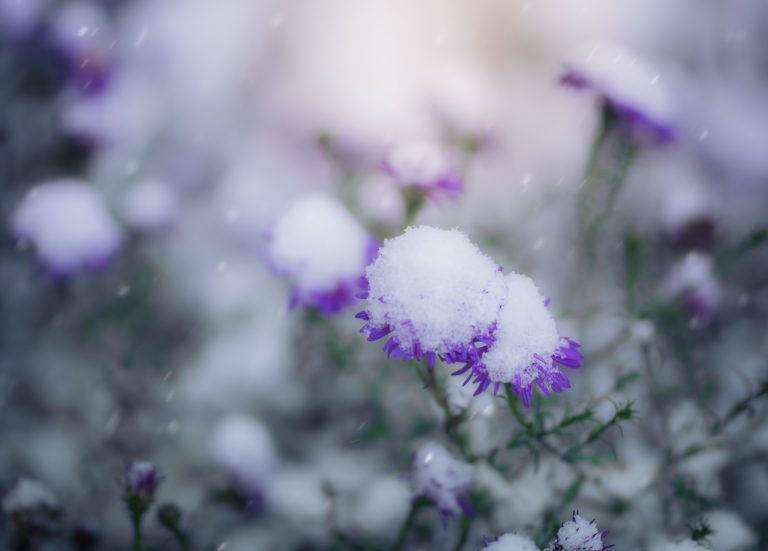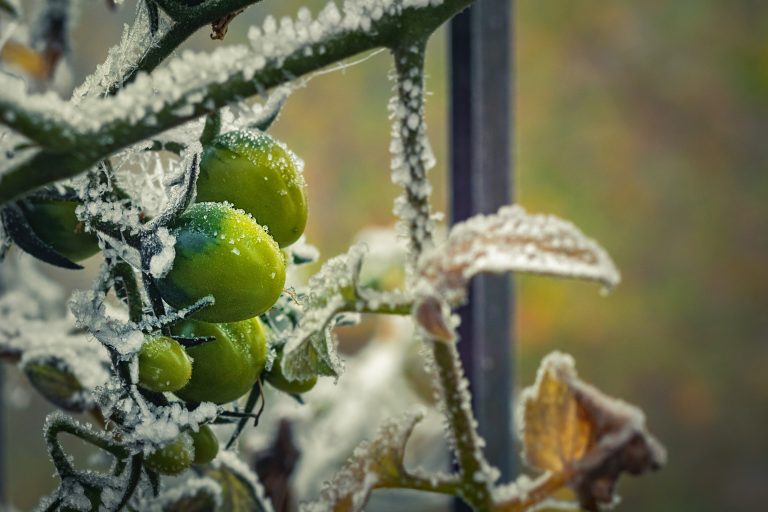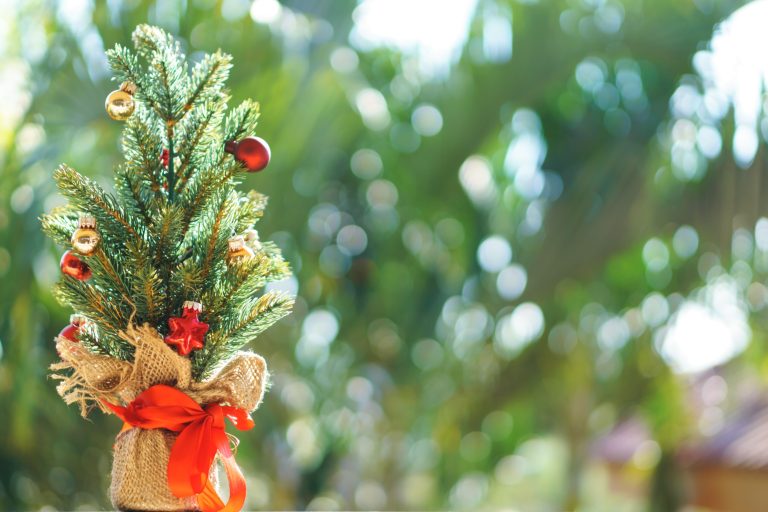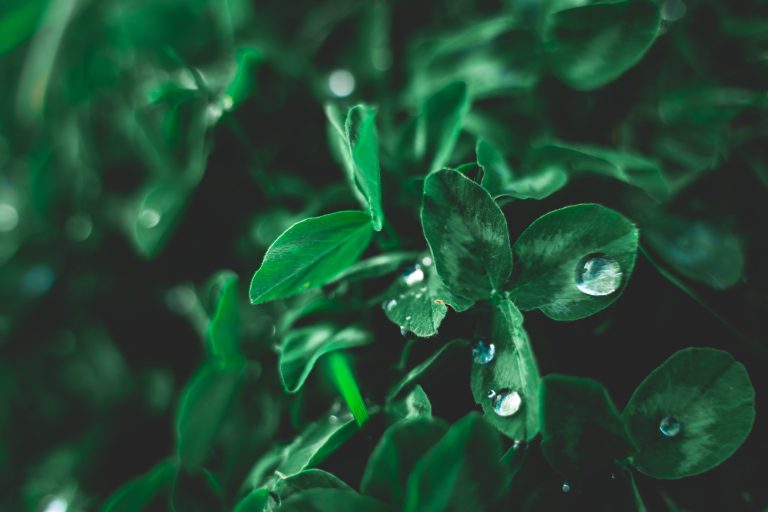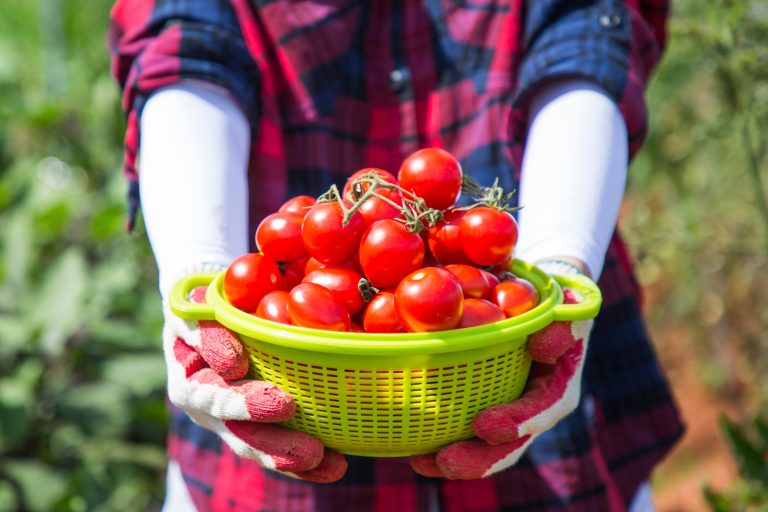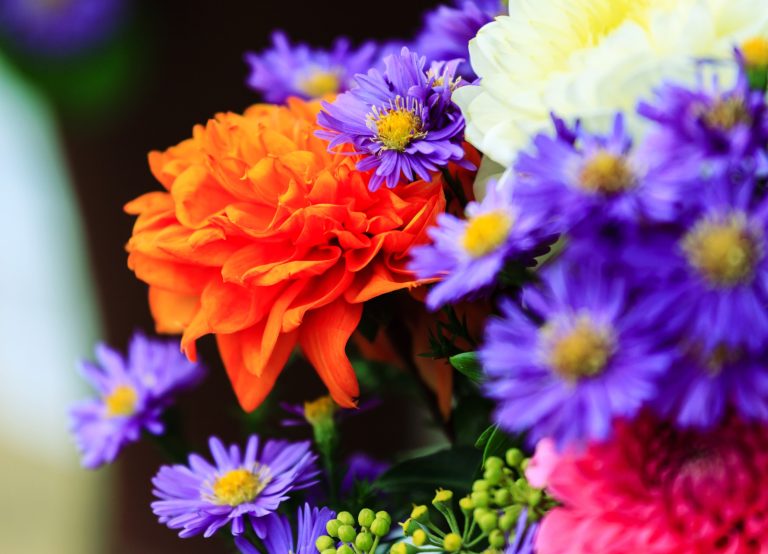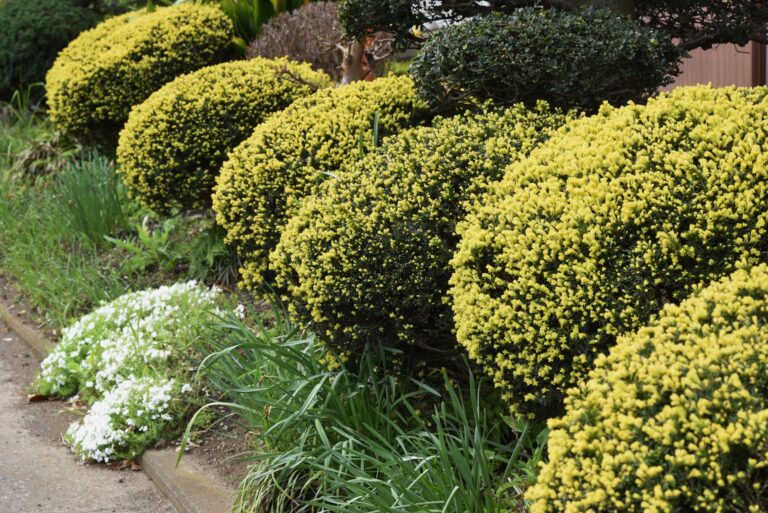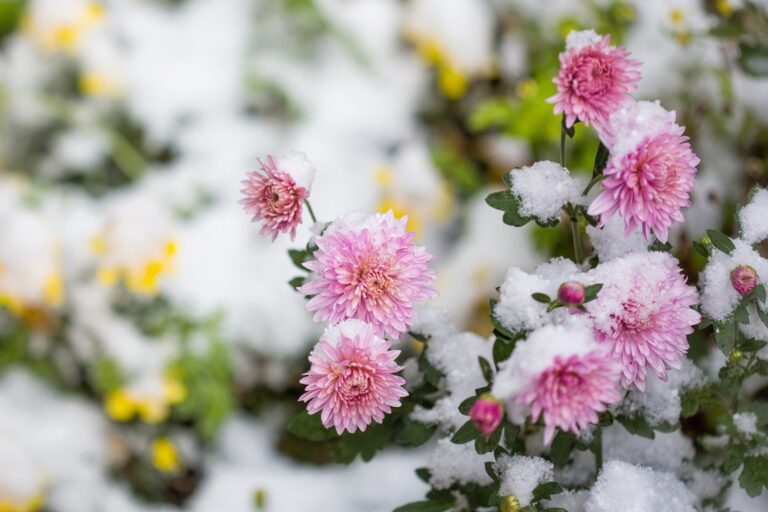Winter doesn’t have to mean the end of gardening. Not only is there a wide variety of plants that can grow during the colder months, but there are plenty of DIY projects to keep you busy in the garden as well. With a little creativity and planning, you can transform your outdoor space into a…
garden tips
6 Tools That Every Young Gardener Can Use To Enhance Their Green Thumb
Gardening is a rewarding and therapeutic activity that anyone can enjoy, but it’s especially exciting for young gardeners eager to grow their skills. With the right tools, cultivating a thriving garden becomes both easier and more enjoyable. Below are six essential tools to help young gardeners nurture their green thumb and bring their gardening dreams…
Get Your Veggies In: These 5 Vegetables Grow Well In Cold Weather
If you think gardening is only for warm, sunny days, think again! Cold-weather vegetables thrive when the temperatures drop, offering an array of fresh, nutrient-packed options. Whether you’re a seasoned gardener or a curious newbie, these hardy veggies are perfect for frosty seasons. These five vegetables will not only grow in chilly weather, they thrive….
10 Beautiful Christmas Plants to Decorate Your Home on a Budget
Christmas plants can be a great and affordable way to spread holiday cheer throughout your home. Each of these plants can help you transform your home into a festive wonderland without overspending! They add a touch of natural beauty and also create a cozy, welcoming atmosphere for your celebrations. Here are 10 stunning and budget-friendly…
Should I Use Enviro Ice On My Plants?
Every week, I receive food from Hungryroot. It’s a great service through which you can get meal prep or just general groceries. Much of the food needs to stay cold. Therefore, they put cold packs inside the box. They use an option called Enviro Ice. You can dispose of it in many ways, including apparently…
Ready for a Bumper Crop? Here’s How to Maximize Your Tomato Harvest
Tomatoes are one of the most rewarding plants to grow, but achieving a bountiful harvest takes knowledge and effort. Whether you’re a seasoned gardener or a beginner, understanding the key steps to cultivating tomatoes can make all the difference. Let’s dive into expert tips to help you maximize your tomato harvest this season. 1. Choose…
7 Stunning Fall Flowers You Can Grow on a Budget
Fall is the perfect season to transform your garden with vibrant, seasonal blooms that thrive in cooler temperatures. Whether you’re a seasoned gardener or a novice, you can grow beautiful fall flowers without spending a fortune. From classic chrysanthemums to striking pansies, these flowers bring warmth and color to your garden as the weather cools….
Unlock the Power of Purple: 10 Vegetables You Should Be Eating
Purple vegetables are not just beautiful—they’re also packed with nutrients and health benefits. Their rich color comes from anthocyanins, powerful antioxidants linked to numerous health advantages. Incorporating purple veggies into your meals is a trendy way to elevate your nutrition and add a vibrant touch to your plate. Let’s explore the top 10 purple vegetables…
Transform Your Garden with These 8 Beautiful Dwarf Shrubs
Dwarf shrubs are the perfect addition to any garden, offering vibrant colors, textures, and shapes without taking up too much space. They’re low-maintenance, versatile, and ideal for filling in gaps or adding structure to garden beds. Here’s a guide to some of the most stunning dwarf shrubs that will enhance your outdoor space. 1. Japanese…
What’s a Frugal Gardener to do in the Snow?
Where I live, the snow has arrived and is here to stay. It’s been a month or so now that we’ve begun to shovel our walkway and donned our boots when heading outdoors. A month where I was happy to take a break from thinking about gardening tasks: I think a break is necessary…
